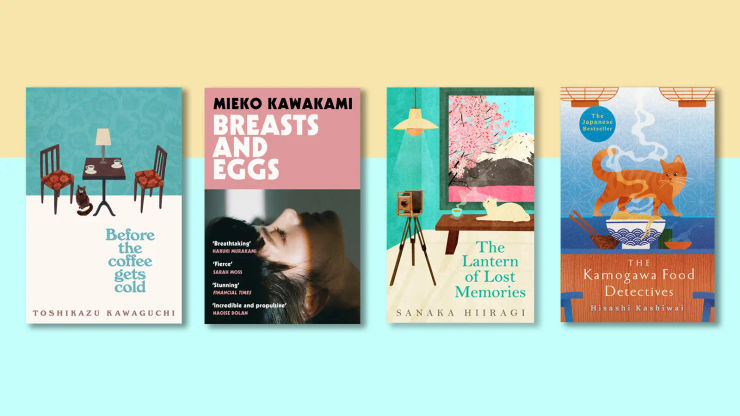Literary

Eight beautiful New Year’s poems

The best poetry books to read right now

The best literary fiction books to read right now

Crossword puzzle: Picador's 2025 books

The best LGBTQIA+ books: your essential reading list

Our favourite Christmas poems

The new literary fiction and non-fiction books insiders can't wait to read in 2026

Crossword puzzle: The Booker Prize

The most talked about books of 2025

The best Japanese books in translation

Carol Ann Duffy's poems: a complete guide

30 of the best dystopian novels of all time